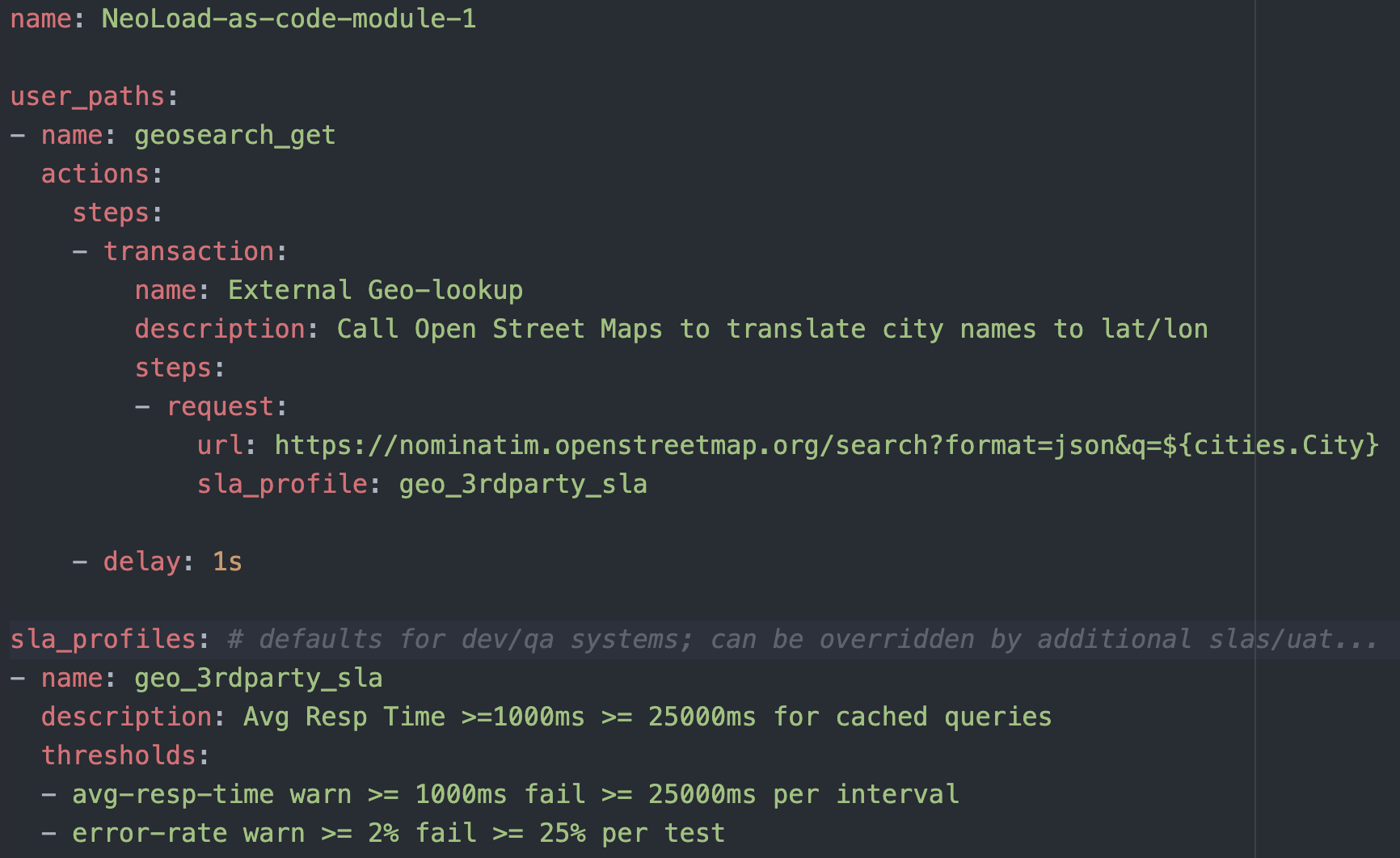
NeoLoad is a load testing solution developed by Neotys. See examples for several common CI environments on github. Please use the neoload CLI python tool on Github to configure the test settings, upload the project and start the test. Either you can verify the variable input in the respective request (Figure 21) or under the ‘Variables’ tab (Figure 22).This tool was designed to start Neoload Web tests. Execute the ‘Check User Path’ and verify the value passing through the variables.The parameterization of ‘password’ is the same case when you create a variable using the ‘Variables’ (from the menu) option and replace the value with that parameter. Now, the parameterization of the ‘password’ value will be easy because you have already defined the variable.Tick-mark ‘Use first line in file as column heading?’, in case the first row is a header of the column in the test data file.Enter the appropriate value in the ‘Starting from line’ field.Press the’ Refresh’ button to display the file data in the correct format.Use the correct separator in the ‘Column separator’.

Browse the test data file by clicking the box next ‘File Name’ field.then the ‘File’ variable type is most suitable to fulfil your requirement. If you have any existing test data file in which credentials are available and separated by a separator like a comma, semi-colon, space, tab etc. The core concept of the ‘File’ type variable is as similar as LoadRunner. Select the correct variable name from the list.Use the ‘Add Value’ button to add more rows. Add the value of respective variables.Rename both the column as ‘userName’ and ‘passWord’.Add a column using the ‘Add Column’ button.You can also provide a description of the variable.Enter the name of the variable say userCredential.For the interdependent variables, you can add the columns by using the ‘Add Column’ button and defined the name of the column. This is a simple type of variable in which you can simply give the name of the variable, column name and provide the list of values. Note: Use any one of the following variable types as per your requirement. We will see both types of variable and understand how they are implemented? Therefore ‘List’ and ‘File’ are the suitable variable type.
NEOLOAD YAML NLP PASSWORD

Select ‘Use an expression’ (Default option).Use an extracted value: This option is used for correlation purpose.



 0 kommentar(er)
0 kommentar(er)
